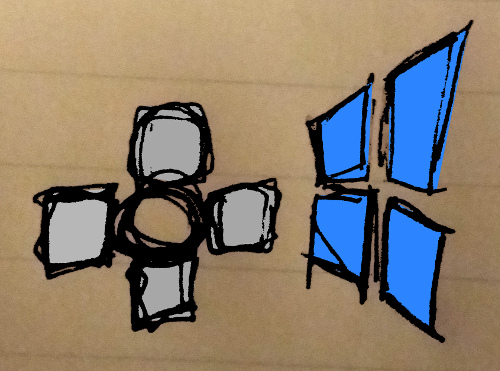Having spent a few years in the various home and office circumstances I think it’s important those in management understand that this pandemic remote-work is different from the normal work-from-home experience.
Since 2004 I’ve worked a few years in each of the common arrangements: open offices, cubicle farms, a private office, a 50-50 home and office split, 100% work from home, and now pandemic from home. Some teams were a hybrid mix of WFH and office workers while others were fully in office or fully remote. Now the advantages of in person work are so often retold that I’ll focus here on non-pandemic remote work (i.e. WFH) and its distant cousin, pandemic-from-home (PFH).
PFH’s disadvantages are legion: socializing requires some unpredictable combination of distancing, masks, warm weather, hospital-grade ventilation, alternative childcare, and intentional screen time paired with quality Internet service. Given how much work had already migrated from physical tasks to the screens it’s understandable why those most gregarious among us suffer.
Altogether these PFH limitations also interfere with the non-work activities needed to fulfill our mental, physical, and emotional needs. Of those challenges, WFH only shares the need to be intentional about communication and to maintain a solid network connection.
PFH’s few benefits are only a modest silver lining:
- broader acceptance of WFH, albeit tainted by PFH
- increased demand and wages for tech workers outside tech hubs
- more tools for remote work
Whether living through a pandemic or not, WFH retains its strengths:
- broader talent pools
- more personalized environments for employees
- less pressure to choose between proximity to family and work
- less/no time lost commuting
- lower/eliminated real estate costs
What do you think? If you have any thoughts or PFH or WFH experiences to share then please comment.




